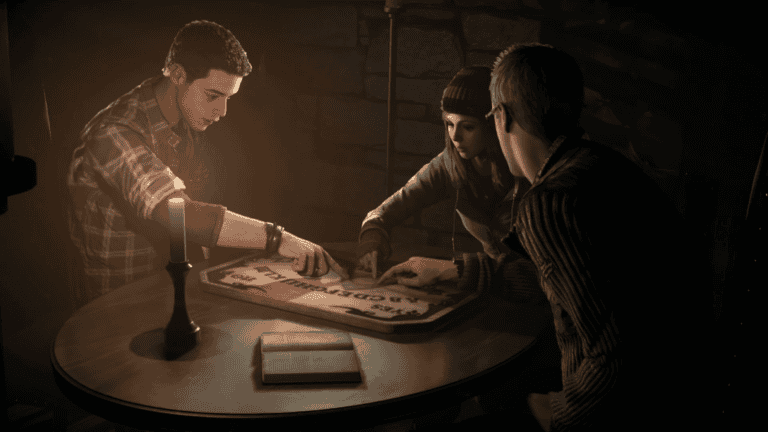Immerse in the Narrative: Storytelling in Board Game Design
The Enigma of Storytelling in Board Games
Storytelling forms the soul of a board game, serving as the heart that pumps life into the skeletal framework of rules and game mechanics. In the broad spectrum of board game design, storytelling helps to forge a profound connection with the players, compelling them to embark on a journey that goes beyond the roll of dice or the shuffle of cards. But what does it mean to incorporate storytelling into board games? Let’s explore.
The Tale that Transcends Time: Evergreen Stories
To truly immerse players in your board game, it is essential to curate a story that resonates with them on a deeper level. Such a story must be an evergreen narrative, which transcends the constraints of time, and remains appealing and relevant irrespective of changing trends and technology. This ensures the longevity of your board game, cementing its place in the hearts of players for years to come.
“If history were taught in the form of stories, it would never be forgotten.” – Rudyard Kipling
Crafting Riveting Narratives: The Art of Storytelling
The art of storytelling in board games encompasses several crucial elements, each contributing to the overall player experience. From establishing a gripping plot to creating compelling characters and intricately designed game world, each element plays a pivotal role in shaping the game’s narrative. While it’s tempting to rush through this process, remember that attention to detail here can spell the difference between a mundane game and a masterpiece.
From Ideas to Adventures: Weaving Engaging Themes
Themes serve as the fabric of your narrative, weaving a tapestry of intrigue and adventure that envelops your players. A well-crafted theme can transport players to distant galaxies, ancient civilizations, or realms of fantasy, creating a seamless blend of education and entertainment. Ensure that your theme aligns with your target audience’s interests, amplifying their engagement and enthusiasm.
Balance: The Key to Immersive Gameplay
Striking the right balance between the narrative and the gameplay is crucial in board game design. The narrative should serve as a catalyst to enhance the gameplay, not overshadow it. The game mechanics should seamlessly integrate with the story, fostering a cohesive and immersive gaming experience. It’s a delicate dance of elements that requires careful choreography.
Prototyping: The First Draft of Your Story
Prototyping your board game is akin to drafting your story. It is an essential step that brings your narrative to life, giving you a tangible form of your creative vision. This phase provides an opportunity to refine your story, tweak game mechanics, and enhance the overall gaming experience. Remember, every masterpiece undergoes revisions, and your board game is no different.
“We don’t create a fantasy world to escape reality. We create it to be able to stay.” – Lynda Barry
Final Thoughts: The Power of Stories in Board Games
The art of storytelling can transform a simple board game into an epic adventure, captivating players and leaving them yearning for more. It breathes life into game mechanics, fosters deep emotional connections, and enriches the player experience. So, as you embark on your journey of board game design, remember to weave in the magic of storytelling, creating not just a game, but a mesmerizing narrative that players will treasure.
Remember to subscribe to our exclusive email group for more insights into board game design, storytelling, and more.
FAQs
What is the role of storytelling in board game design?
Answer: Storytelling forms the soul of a board game, enhancing the gameplay and immersing the players in an engaging narrative. It helps forge a profound connection with the players, making the gameplay more enjoyable and memorable.
How do you create an evergreen narrative for a board game?
Answer: Creating an evergreen narrative involves crafting a story that resonates deeply with players and remains appealing and relevant irrespective of changing trends and technology. It should be immersive, engaging, and timeless.
How can you effectively integrate a theme into a board game?
Answer: Themes should align with the target audience’s interests and should be intricately woven into the game’s narrative. It should blend seamlessly with the game mechanics to enhance the overall player experience.
Keywords: Board Game Design, Storytelling, Engaging Narratives, Themes, Gameplay, Prototyping
References: Board Game Geek, The Guardian, Gamasutra, BoardGameDesignLab
Once upon a time, I played a board game with my friends that transported us to a magical kingdom. Our laughter echoed through the night as we navigated through perilous challenges, formidable enemies, and breathtaking landscapes, all confined within the bounds of that game. That’s when I realized the power of storytelling in board games—it was a simple game night, but for us, it was an unforgettable adventure.



